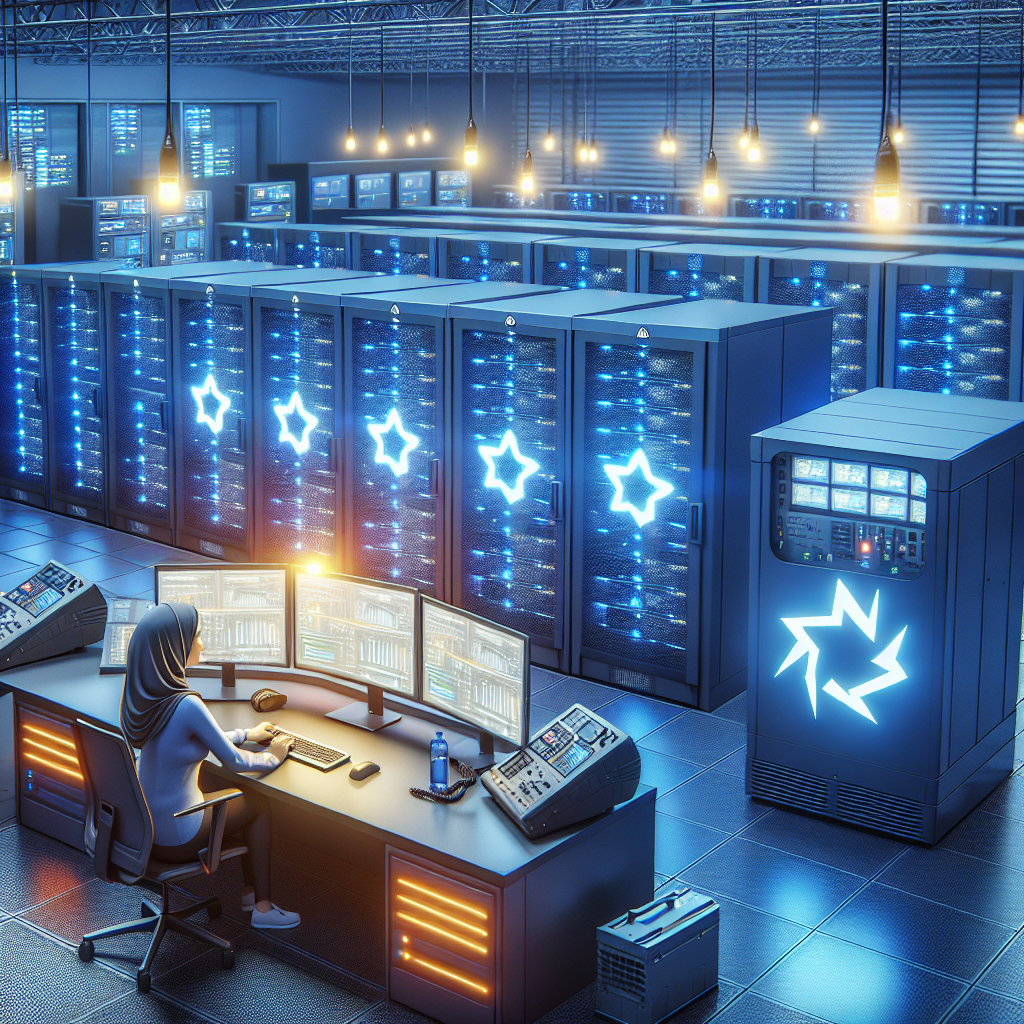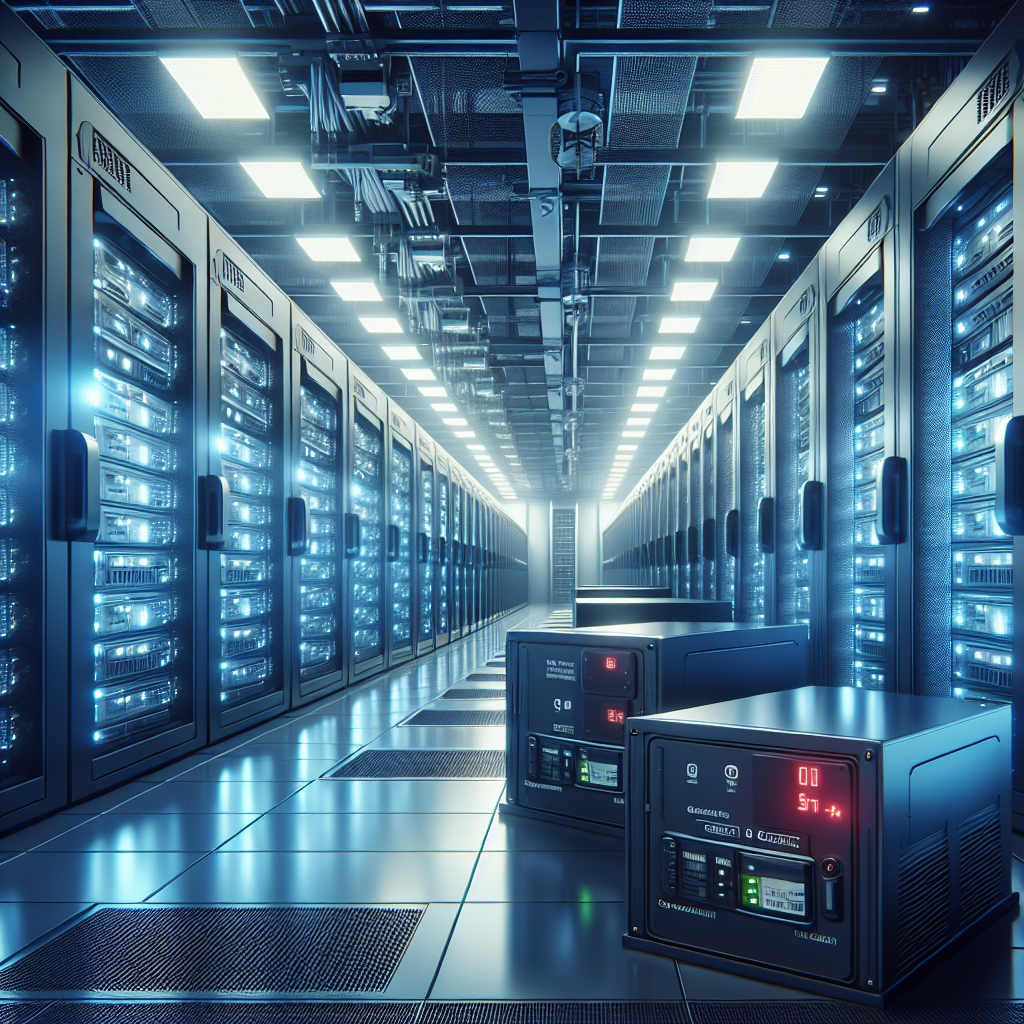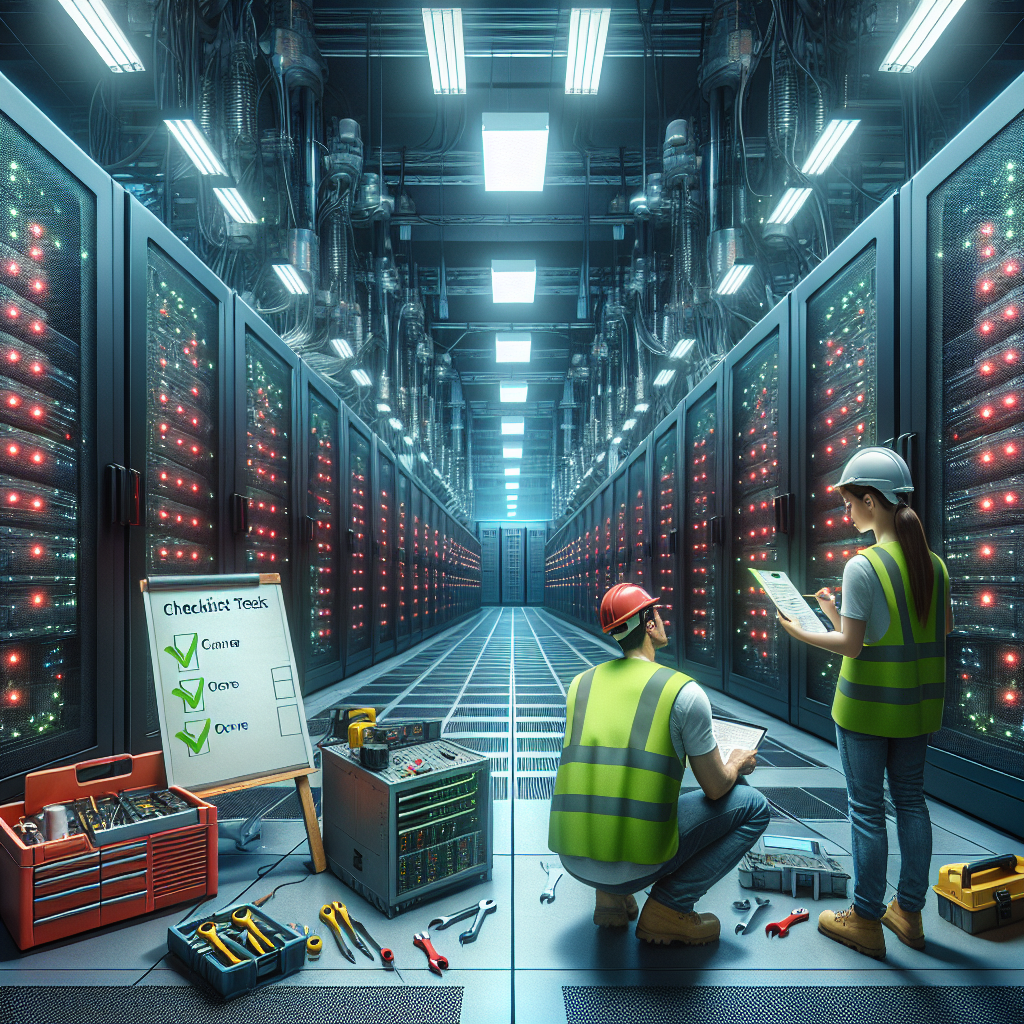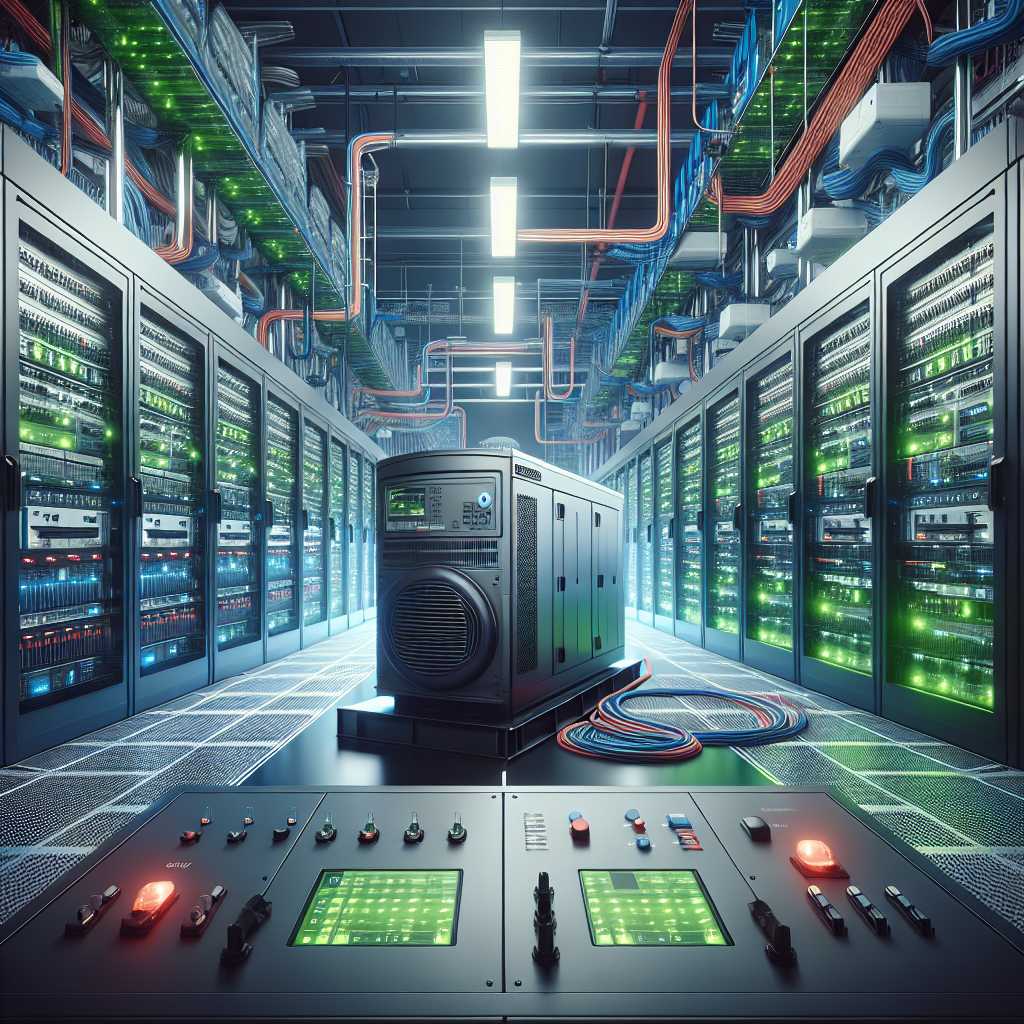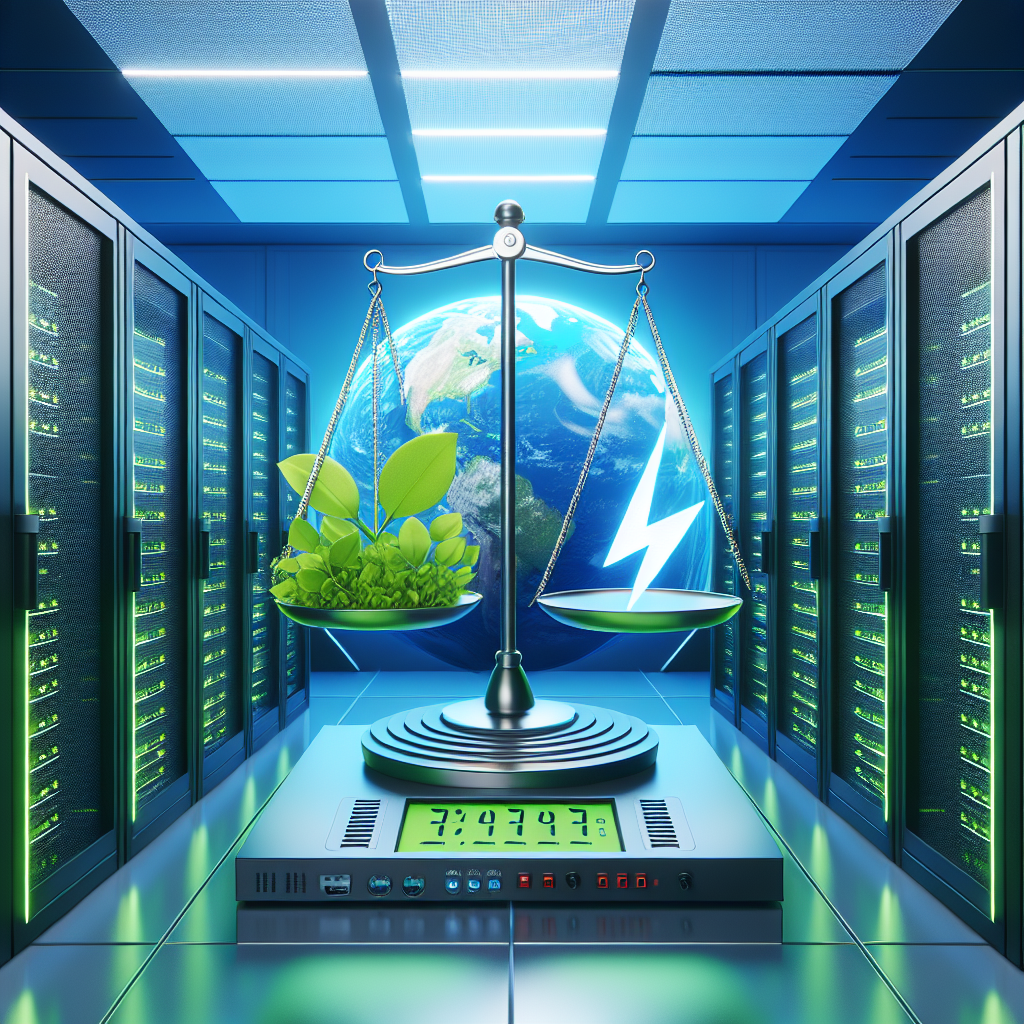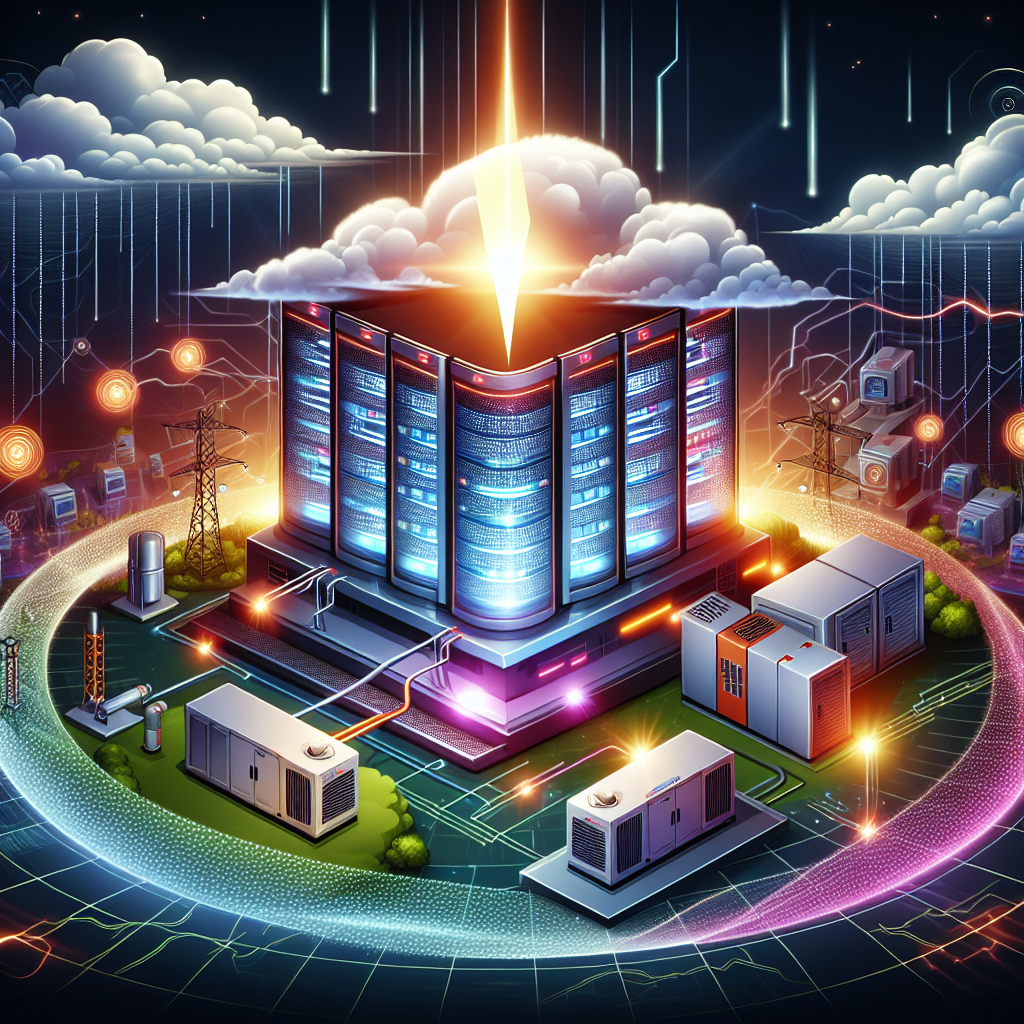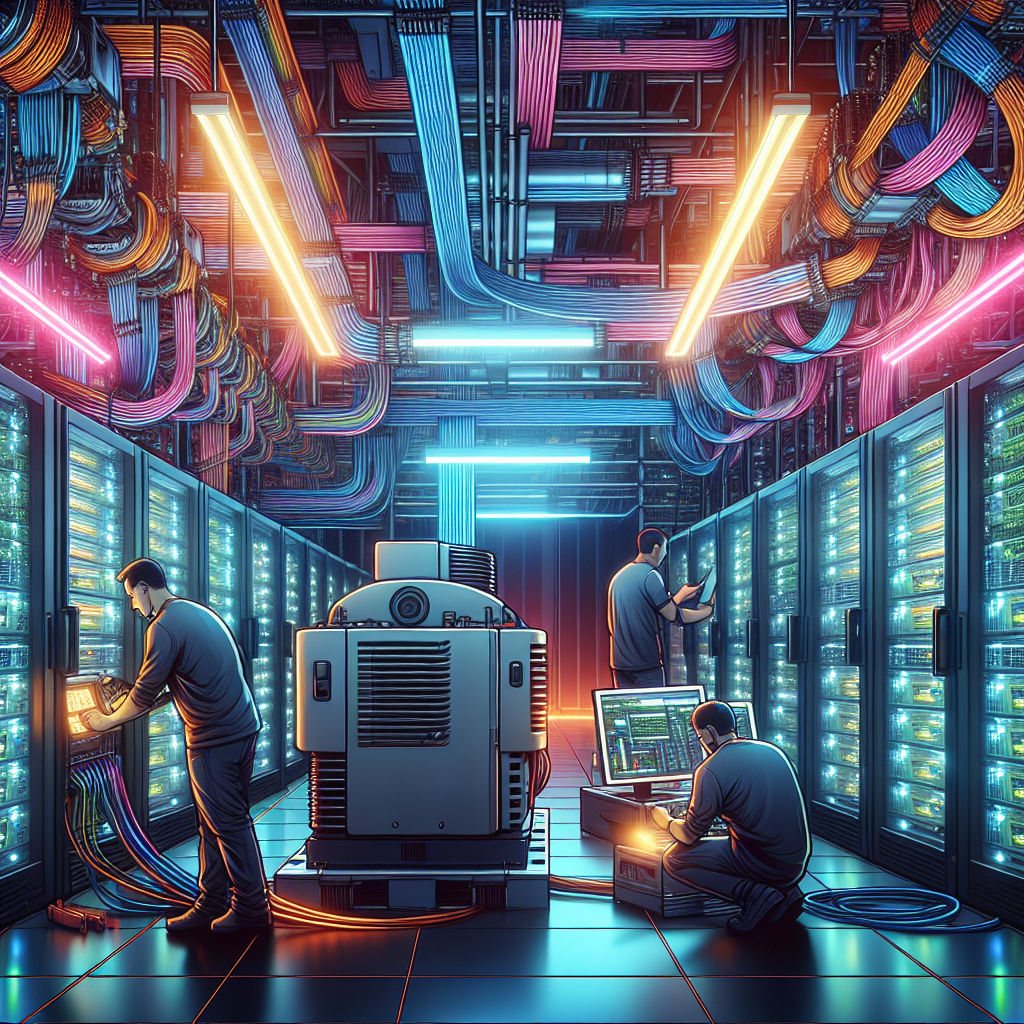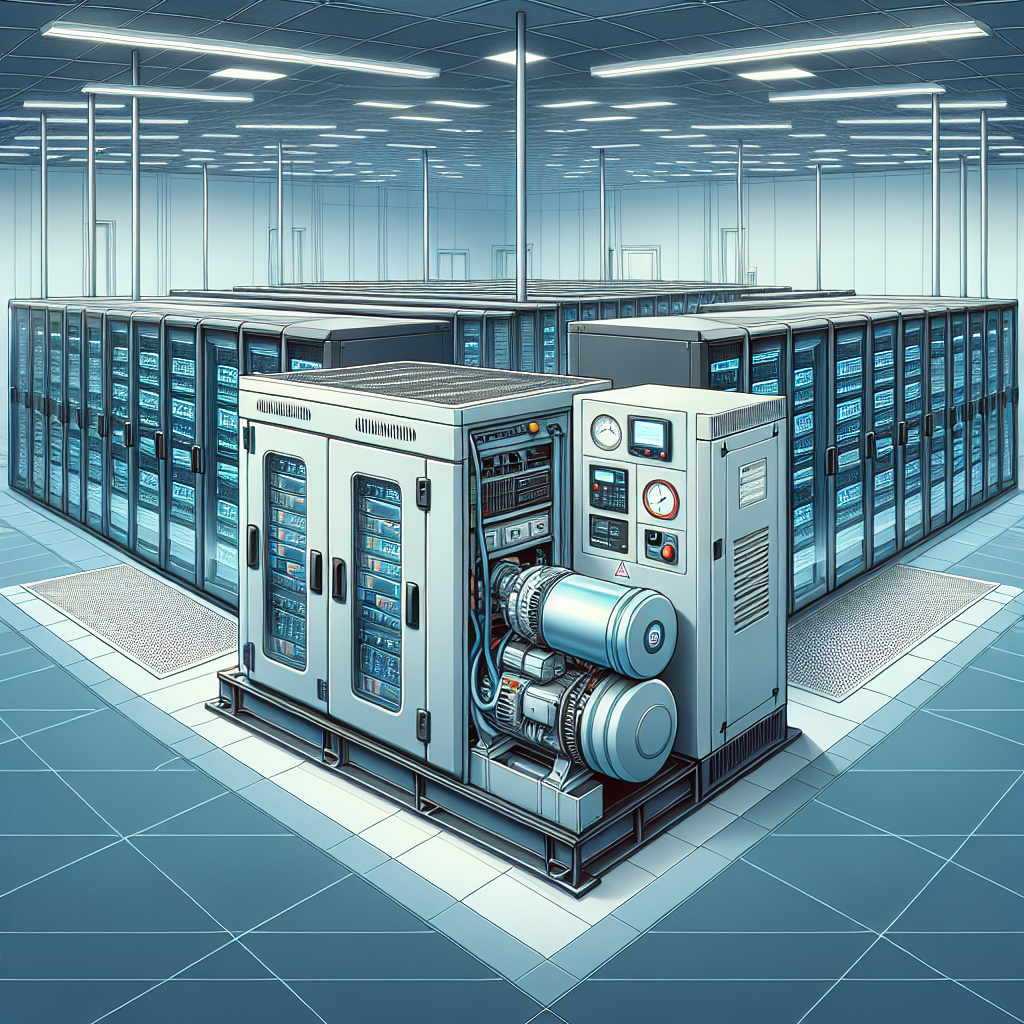Data centers are the backbone of the modern digital world, housing the servers and infrastructure that keep our online services running smoothly. However, these data centers are vulnerable to a wide range of disasters, from natural events like hurricanes and earthquakes to man-made threats like cyber attacks and power outages. In order to ensure the continuity of operations in the face of such disasters, data centers must have robust disaster recovery plans in place.
One crucial element of these disaster recovery plans is the use of generators. Generators are essential for providing backup power in the event of a grid failure, ensuring that critical systems can continue to operate until normal power is restored. In a data center setting, where downtime can have serious financial and operational consequences, generators play a vital role in maintaining uptime and protecting valuable data.
There are several key ways in which generators support disaster recovery plans for data centers:
1. Continuous power supply: Generators are designed to provide uninterrupted power in the event of a power outage, ensuring that critical systems like servers, network equipment, and cooling systems remain operational. This is crucial for preventing data loss and maintaining service availability during a disaster.
2. Redundancy: Many data centers have multiple generators on-site to provide redundancy and ensure that there is always a backup power source available. This redundancy helps to minimize the risk of downtime and ensures that operations can continue even if one generator fails.
3. Scalability: Generators can be scaled to meet the specific power requirements of a data center, allowing for flexible deployment based on the size and needs of the facility. This scalability ensures that data centers can maintain adequate power supply even during peak demand periods or in the event of a major disaster.
4. Remote monitoring and control: Modern generators are equipped with advanced monitoring and control systems that allow data center operators to remotely monitor the performance of the generators and make adjustments as needed. This remote monitoring capability enables quick response to issues and helps to ensure that the generators are functioning properly at all times.
In conclusion, generators play a critical role in disaster recovery plans for data centers by providing backup power to ensure continuity of operations during emergencies. By investing in reliable generators and incorporating them into their disaster recovery strategies, data centers can minimize the risk of downtime and protect their valuable assets in the face of unforeseen events.
